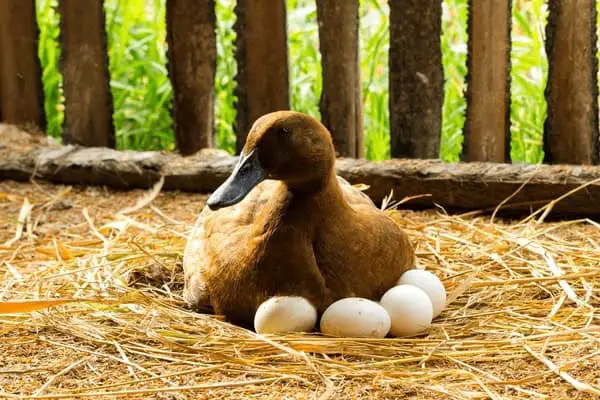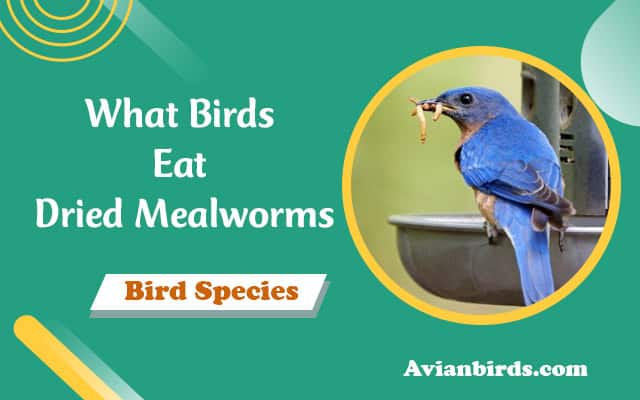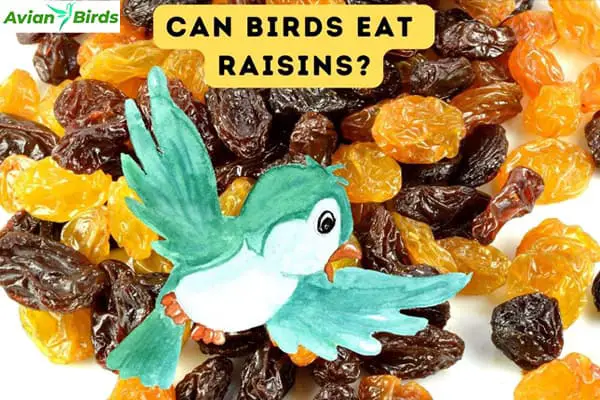Mallard (Anas platyrhynchos) Beauty and Grace in the Wild
The Mallard, known as Anas platyrhynchos, stands out in North American waters. It’s a colorful duck that loves many places, from quiet wetlands to busy parks. Males are easy to spot with their shiny green heads and white collars.
They weigh between 0.7 and 1.6 kilograms. This makes them a bit heavier than other dabbling ducks.
These ducks are 50 to 65 centimetres long and have wings up to 98 centimetres wide. They are a joy to see and play a big role in our ecosystem, similar to the American black duck that shares their habitat. Bird watchers love them, and they are important in the world of birds.
Let’s learn more about Mallards. We’ll discover their special traits, how they act, and their breeding habits, including the male mallard’s moult cycle. This will help us love these amazing ducks even more.

Understanding the Mallard’s Characteristics and Habitats
The Mallard duck, known as Anas platyrhynchos, has many interesting features. These traits show how well they adapt to different places. Knowing about their habitats and how they act helps us appreciate these waterfowl more.
Physical Description of the Mallard, including its yellow bill and mottled plumage. and Sex determination in Mallards can often be seen through their plumage differences. dual Dimorphism
Mallards show clear differences between males and females, known as sexual dimorphism. Males, or drakes, have a green head and a white neck collar. They also have a chestnut breast, gray flanks, and a black tail-curl, characteristic of the male Mallard’s plumage.
Females, or hens, are mostly mottled brown. This color helps them blend in with their surroundings.
| Sex | Physical Description |
|---|---|
| Male (Drake) | Greenhead, white neck collar, chestnut breast, gray flanks, black tail-curl |
| Female (Hen) | Mottled brown for camouflage, orange bill with dark spots, typical of the male Mallard’s plumage. |
| Both | Irreducible purple-blue speculum on wings bordered with white |
Feeding Habits and Social Behavior
Mallards eat a wide variety of foods, including seeds, plants, insects, and even food from people. This flexibility helps them survive in many places.
They often live in pairs during breeding season, but males sometimes try to mate with other females.
Native Habitats and Breeding Grounds
Mallards live in many places, like ponds, parks, and wetlands. They can be found in marshes, rivers, and farms, often in a flock with the American black duck. This shows how well they adapt to different environments.
In North America, Mallards breed in many areas, often interacting with the Mexican duck. They lay 1-13 eggs and have 1-2 broods. The eggs hatch in 23 to 30 days, and the young ones leave the nest soon after they hatch.
The Breeding Cycle of the Mallard
The Mallard breeding cycle is fascinating, particularly in relation to the breeding male’s behaviour during the moult. It happens from late winter to early spring. Female Mallards start by making a cozy nest for their eggs.
They use soft materials like grasses and down feathers. This nest keeps the eggs warm and safe. It’s a protective place for the ducklings to come.
Nesting Behavior and Egg Laying
Female Mallards lay 8 to 13 eggs, similar to the nesting habits of the mottled duck. These eggs are creamy white to greenish-buff. They lay an egg every other day.
Mallards often return to the same nesting site, which helps their ducklings survive. Knowing this helps us protect them.
Incubation and Raising Ducklings
After laying eggs, incubation starts. It lasts about 26 to 30 days. The female Mallard keeps the eggs warm and safe.

Ducklings can walk, swim, and feed themselves right after hatching. This is important for their survival, as they need lots of protein to grow fast.
| Breeding Cycle Stage of the Mallard and its interactions with the mottled duck. | Details |
|---|---|
| Nesting Behavior | Female creates a secluded nest with soft insulation materials. |
| Egg Laying | Typical clutch size: 8-13 eggs laid every other day, similar to the mottled duck’s. |
| Incubation Duration | Approximately 26-30 days, with the female incubating the eggs. |
| Duckling Characteristics | Ducklings hatch precocially and are capable of walking and swimming immediately. |
| Feeding Requirements | Ducklings need large amounts of protein-rich foods for rapid growth. |
Conclusion
The Mallard (Anas platyrhynchos) shows the beauty and strength of North American waterfowl, especially when compared to the hybrid offspring of the American black duck. Learning about their traits, homes, and breeding habits helps us love these colourful ducks more. It also shows why we must protect their homes.
As cities grow, Mallards adapt well, showing they can live in many places, often alongside the American black duck. They face problems like losing their homes and competing with other birds. But they keep thriving.
It’s key for nature lovers and everyone to know how important it is to save waterfowl homes, including those of the breeding male Mallard. Helping to protect these places means future generations can enjoy watching Mallards. Mallards teach us about nature’s strength and how all living things are connected.
By working together, we can help these beautiful ducks thrive. They will continue inspiring us for years to come.
Read More🐦Related Articles:
| Can Ducks Eat Cucumber Safely |
| Mandarin Duck: Everything You Need To Know |
| Black-Headed Duck |
| Pink-Headed Duck: Rare Beauty of Indian Waters |
| Hawks in Virginia |
Frequently Asked Questions
Q1. Is Mallard only a male duck?
No, “Mallard” refers to male and female ducks of the species Anas platyrhynchos. However, male mallards are often recognized by their distinctive bright green heads, while females are mottled brown for better camouflage.
Q2. Why is the duck called Mallard?
The name “Mallard” is thought to come from the Old French word mallard, which refers to a wild male duck. It might have originated from the Latin word masculus, meaning male, though it has come to refer to the entire species over time.
Q3. What is the difference between a duck and a mallard duck?
All mallards are ducks, but not all ducks are mallards. “Duck” is a general term for waterfowl in the family Anatidae, while “mallard” refers specifically to the species Anas platyrhynchos. Mallards are a common species of wild ducks, while there are many other types of ducks as well.
Q4. What is the female version of a mallard duck?
The female mallard is called a “hen.” Unlike the males with bright green heads, female mallards are mostly brown with streaked patterns that help them blend into their environment.
Q5. What are 5 facts about mallard ducks?
- Mallards are one of the most common and widespread duck species worldwide.
- Male mallards have a distinctive green head, while females are brown for camouflage.
- They are dabbling ducks, meaning they feed mainly on the water’s surface.
- Mallards are highly adaptable and thrive in various environments, including urban areas.
- They are the ancestors of most domesticated ducks today.
Q6. Can mallard ducks fly?
Yes, mallard ducks are excellent fliers. They can reach speeds of up to 55 miles per hour in flight and are known for their long migratory journeys.
Q7. Do mallard ducks lay eggs?
Yes, female mallards lay eggs. They typically lay between 8 and 13 eggs per clutch and build their nests on the ground, often near water.
Q8. Can you eat mallard ducks?
Yes, mallard ducks are edible, and in some cultures and regions, they are hunted for food. The meat of a mallard is often considered flavorful, but wild ducks generally have a more “gamey” taste than farm-raised ducks.
Q9. What are female ducks called?
Female ducks, including mallards, are called “hens,” regardless of species.






